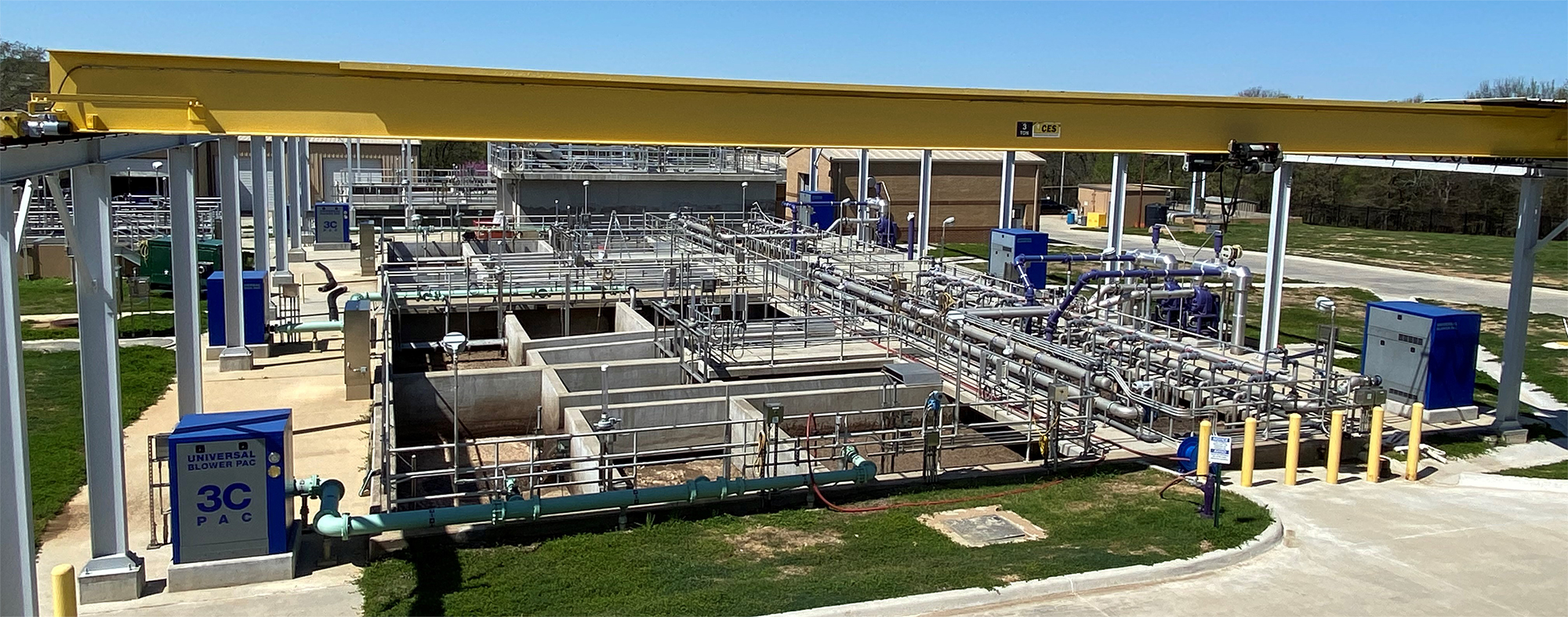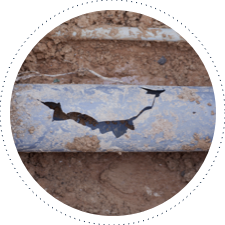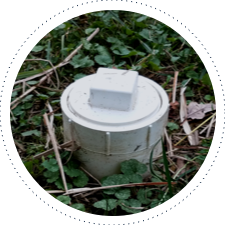Wastewater Service

Trophy Club Municipal Utility District No. 1’s wastewater treatment plant was initially constructed by the MUD Master District. In the early 2000’s, it was expanded to be large enough to handle all of Trophy Club as well as Solana’s sewage requirements, at full build-out of both.
In early 2021, the wastewater treatment plant incorporated the use of Membrane Bioreactor (MBR) technology for water treatment. MBR membranes have microscopic pores that efficiently remove contaminants as water passes through them. This produces water with low levels of impurities and provides a high level of disinfection without using high levels of chemicals.
The treated water is reused for irrigation at the Trophy Club Country Club or released into Lake Grapevine. MBR technology is a sustainable, cost-effective way to meet TCEQ (Texas Commission on Environmental Quality) regulatory standards and ensure consistent results from treated wastewater.
What You Should Know About Your Sanitary Sewer System
The District maintains approximately 75 miles of sewer line and over 1,600 manholes. From your property, sewage flows to the wastewater treatment plant through a combination of gravity flow and 10 lift stations. Daily checks at each lift station and operations of the wastewater treatment plant occur 365 days a year, regardless of weather conditions. Staff also routinely monitors the grease in the collection system throughout town to keep the sewer mains clear.
From a home to the point where the line connects to the sewer main, the responsibility for maintaining and repairing the sewer pipes rests with the owner of the property. Some homeowners experience sewer blockages on their property due to grease, non-flushable objects like paper towels, or most commonly tree roots infiltrating their private sewer lines. It is also possible for pipes to sag or collapse over time or to break when excavation work is done.
Many homeowners have their lines periodically de-rooted by professionals using a physical device or chemical treatment. There are also chemical products for roots and flushable enzyme-based drain cleaners that are available for consumer use.
An Ounce of Prevention
When it comes to your sewer pipes, an ounce of prevention can be worth a pound of cure.

Don’t put grease, fats or oils in any drain, and avoid coffee grounds and eggshells. Dispose of these materials in the garbage. Scrape your plates and wipe out pans before putting them in the sink.

Don’t flush baby wipes, tampons, napkins, paper towels, cotton swabs or other solid materials. Toilets are meant to handle solid and liquid bodily waste and reasonable amounts of toilet paper.

Know where your sewer and water lines are located before digging. Plan your landscaping to keep invasive roots away and consider removing plants or trees that chronically get into the sewer line.

Locate your sewer cleanout so you can find it quickly in an emergency. It may look like a white PVC pipe sticking out of the ground with a square knob on the lid. This may be on the front or back of the home, depending on where your line connects to the sewer main.
Consider installing a “pop-off cap” on the sewer cleanout. These devices are designed to pop off automatically if a backup occurs. This allows the backup to spill into the yard instead of inside your home causing costly damage. Any type of cap has a limited life span and should be inspected every year.

Contact your insurance agent to discuss your coverage included in your homeowners’ policy. Adding a sewer backup endorsement policy to your insurance is a low-cost way to protect your home. The District is not responsible for damage caused by a sewer backup in your house.
If you notice the following warning signs of a partial sewer blockage it’s time to call a professional to have your pipes cleared of debris or replaced.
Toilets that are difficult or slow flush
A gurgling or glugging noise in the toilet or drains
Slow drains, especially during high volume use
Additional Tips
If sewage starts backing up into your shower or other drains you need to take immediate action.
- Go outside and use a wrench to remove the lid on the sewer cleanout so the sewage flows out into the yard instead of into your home.
- Notify the District by calling (682) 831-4600. This number is answered 24/7 for water and sewer emergencies and the dispatcher can send on-call staff if a blockage exists on the District side.
- Call a licensed plumber and get professional help on the way.
The Wastewater Department has a special camera to televise sewer lines. This helps them in their daily operations and is also available to help residents diagnose sewer problems. If you have a blockage or backup, we recommend that you contact us first. If you have a sanitary sewer problem and your plumber indicates that the blockage lies under a street, please contact our office before your plumber takes any action.
You can reach us anytime by calling us at 682-831-4600.
Follow these steps to discharge backwash from your swimming pool into the sanitary sewer system.
- Locate the nearest sewer clean-out (a pipe stubbed up from the ground usually covered with a threaded cap).
- Uncap the clean-out.
- Attach a hose to the filter waste discharge line using a hose clamp.
- Run the hose to the clean-out and allow it to drain over the pipe. To prevent cross contamination, do not insert the hose into the cleanout, but leave an airgap between the top of the cleanout and the drain hose.
- Backwash the filter per the manufacturer’s recommendation.


